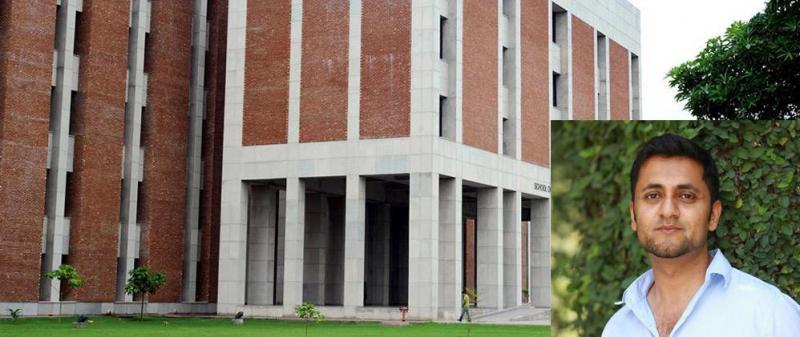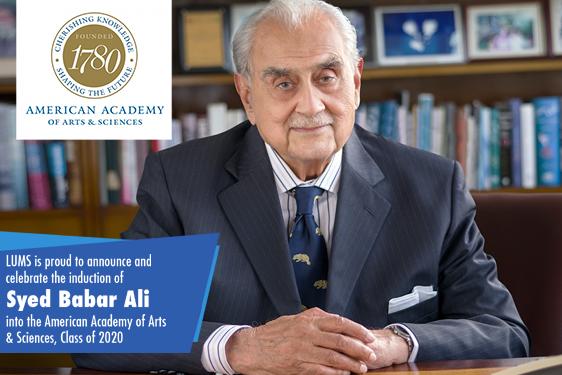
Prof. Babar Qureshi, Assistant Professor in the Department of Physics at the Syed Babar Ali School of Science and Engineering, in collaboration with Prof. Viqar Hussain of University of New Brunswick, has published a result which suggests a possible solution to the cosmological constant problem - one of the major outstanding problem currently facing theoretical physics.
Einstein's equations of general relativity admit a term -- the cosmological constant -- which causes anti-gravity and hence can cause the solar system, the planets and in fact the whole universe to fly apart. Einstein called introduction of this term in his equations as his greatest blunder though it has now been verified to be present in our universe causing it to expand at an accelerated rate. Thankfully, this term has a very small observationally measured value. This observation won the 2011 Nobel prize in Physics.
However, the basic framework of describing quantum physics predicts a very large value for this constant - larger by 120 orders of magnitudes than the observed value - leaving general relativity and quantum field theories incompatible when compared with observations. This conflict comes through the connection of cosmological constant to vacuum energy - the energy of the empty space, which according to conventional calculations is very large. Harvard physicist Sidney Coleman summarises this by saying, "The cosmological constant is the mass of a box of empty space."
The analysis of Prof. Qureshi and Prof. Hussain suggests that a non-perturbative approach to dealing with the quantum- gravity problem may actually not show this issue and provides an in-principle proof of avoiding this problem in some simplified settings. By treating gravity and matter as an inseparable dynamical entity, they show that vacuum energy density shrinks to zero as the universe grows. The result comes from uncovering an intimate relationship between time, vacuum energy, and the cosmological constant.
The research has appeared in Physical Review Letters ( PRL), one of the most prestigious journals of physics across all fields, published by the American Physical Society (APS). Interestingly, the paper has been published in the same issue of PRL that contained the recent famous paper announcing the discovery of gravitational waves. The paper can be found at the following link:
http://journals.aps.org/prl/abstract/10.1103/PhysRevLett.116.061302







